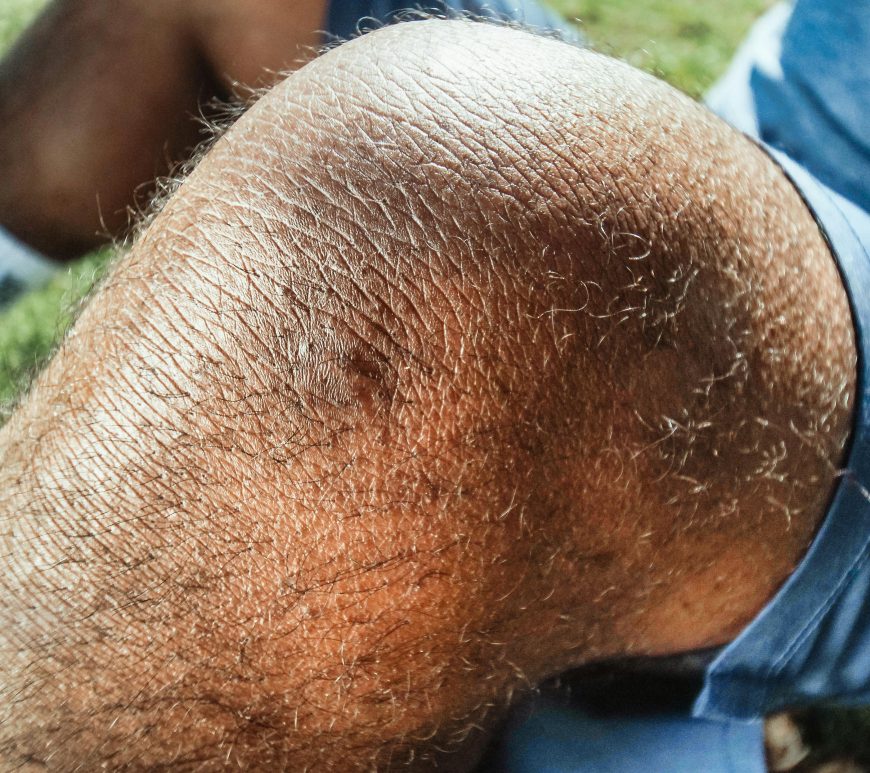
Does adaptive yoga improve mental health for individuals with spinal cord injuries?
In 2017, Curtis, K, et. al., conducted randomized controlled trial which has provided evidence that yoga could offer significant psychological benefits for individuals living with spinal cord injuries (SCI). Conducted by a team of researchers led by Kathryn Curtis, this study explored how a specialized yoga program could impact pain, mental health, and mindfulness in SCI patients. The trial involved 23 participants with SCI who … Continue reading Does adaptive yoga improve mental health for individuals with spinal cord injuries?



